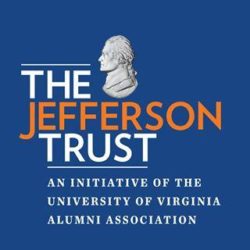Paradise
Known Name(s)
Paradise (Primary) Palais Royal (Secondary) Club Paradise (Secondary)
Address
Cedar Hill Ave. Nyack, NY (Primary) (1951, 1952, 1953, 1954, 1955)(SW Corner of Cedar Ave and Franklin St Nyack, NY) (Secondary)
Establishment Type(s)
Night Club
Physical Status
Unknown
Description
It is unknown what the exterior of this building looked like. However, Sanborn insurance maps from the period show the existence of a concrete building with a concrete foundation standing next to a residential structure with a basement, set back from a road in Nyack’s industrial district. These two buildings had gasoline tanks and a filling station in front of them, indicating some secondary form of income beyond nightclub operating.
Detailed History
During Prohibition, Club Paradise was known as Palais Royal. In this period, the proprietor Joe Vasquez, catered to a whiter audience than the club later would, using illustrations of white women to advertise an alternative to Broadway in Nyack. On New Year’s Eve 1946, the club featured all night dancing, three shows, five acts, and all-night music by Sonny Oliver and the Syncopators. This was a regular local performing group of Black men, who frequently won the Club’s “Amateur Show” contest. Price of entry was $2.50 per person at the time to access the “delectable foods and drinks,” along with a place to dance every night. By December 1947, Club Paradise was advertising itself as “Rockland County’s Largest Cabaret.” It also featured a “Ladies’ Nite” every Thursday and twice-weekly jazz sessions.
Around this time, Club Paradise solidified its advertising to both white and Black patrons, as the white owner, “Smiling Dick,” would include his photo in advertisements next to the tagline “Club Paradise: Where ALL Are WELCOMED.” While Dick was the proprietor at this time, Sonny Oliver likely held some stake in the club as well, because his name and number are advertised as being available to call for reservations. 1951 was the first year that Club Paradise appeared in the Green Book, although African American travelers and residents visited Club Paradise before this initial listing. The region was well known for its proximity to the city and as a stop on the Chitlin’ Circuit. 1955 was the final year Club Paradise appeared in the Green Book; it is unclear what caused the decline of the club.





